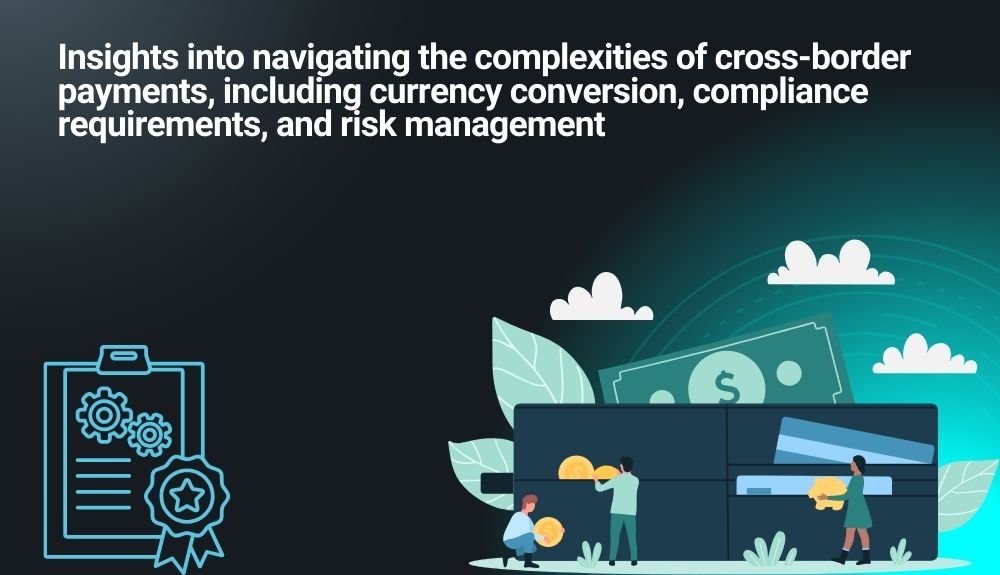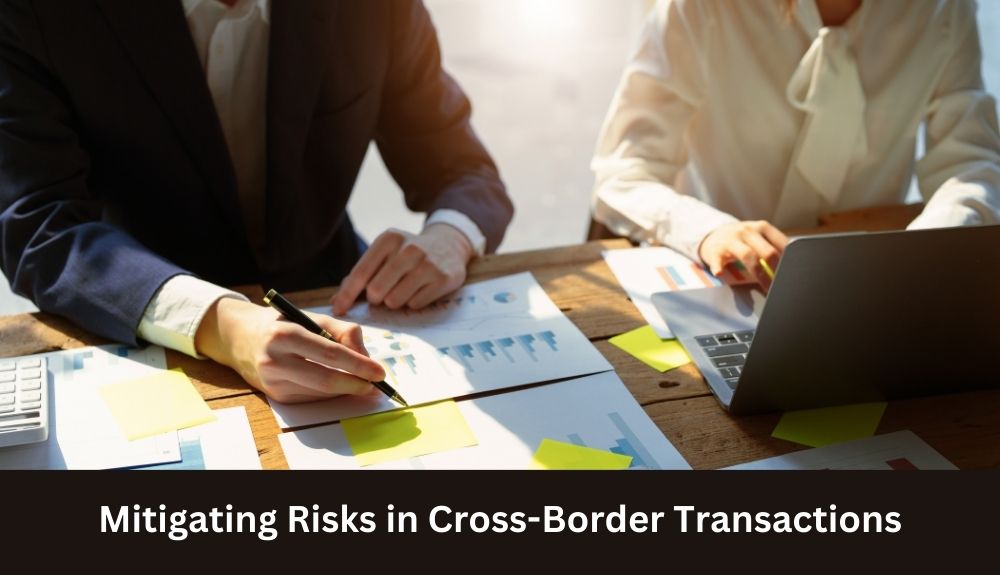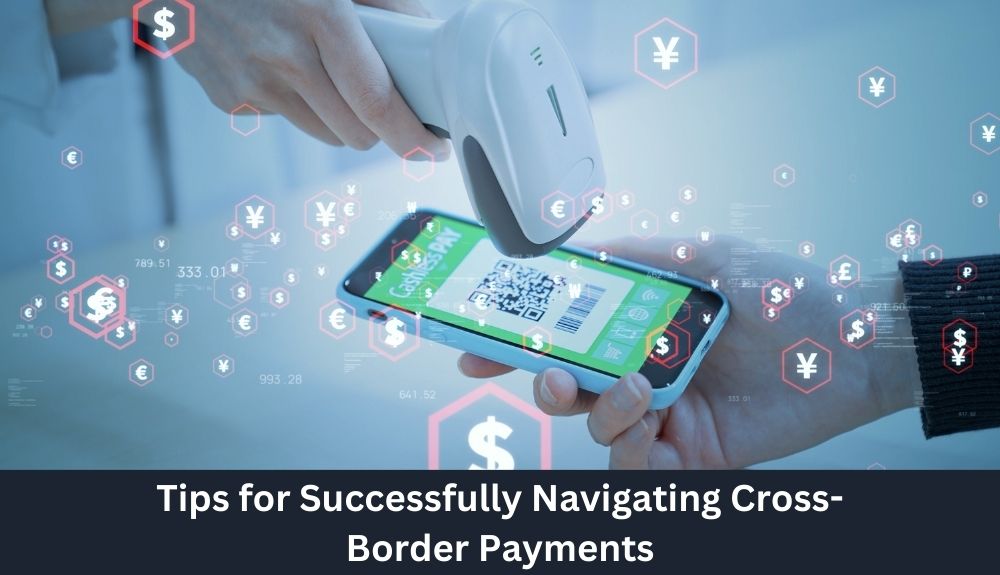
By max March 4, 2024
Are you ready to dive into the dynamic world of cross-border payments? Buckle up as we navigate through the intricacies of currency conversion, compliance requirements, and risk management. In today’s global economy, understanding how to successfully maneuver international transactions is key to staying ahead. Let’s unravel the complexities together and discover valuable insights that will help you streamline your cross-border payment processes efficiently.
Understanding Currency Conversion
Navigating the realm of cross-border payments involves delving into the intricate world of currency conversion. Understanding how currencies fluctuate and exchange rates work is crucial for businesses conducting international transactions.
Currency conversion plays a pivotal role in determining the final amount that will be received by the recipient after accounting for exchange rate differences. It’s essential to stay informed about current market trends to make informed decisions when converting currencies.
Factors like geopolitical events, economic indicators, and market sentiment can all influence currency values, making it a dynamic landscape to navigate. Keeping abreast of these factors can help businesses strategize their cross-border payment processes effectively.
In addition to understanding currency conversion rates, considering transaction fees charged by financial institutions is also important. These fees can vary significantly and impact the overall cost of cross-border transactions.
Having a solid grasp on currency conversion is fundamental in successfully managing cross-border payments efficiently and cost-effectively.
Compliance Requirements for Cross-Border Payments
When it comes to making cross-border payments, staying compliant with regulations is crucial. Each country has its own set of rules and requirements that must be followed when conducting international transactions. From anti-money laundering measures to Know Your Customer (KYC) procedures, there are multiple compliance aspects that businesses need to adhere to.
Ensuring compliance can sometimes be complex and time-consuming, but it is a necessary part of doing business globally. Failure to comply with regulations can result in hefty fines or even legal consequences. Therefore, having a solid understanding of the compliance requirements for cross-border payments is essential for any organization looking to expand internationally.
Working with payment service providers who have expertise in navigating these regulations can help streamline the process and ensure smooth transactions across borders. By partnering with knowledgeable professionals, businesses can mitigate risks and avoid potential pitfalls associated with non-compliance issues in international payments.
Mitigating Risks in Cross-Border Transactions

One of the key considerations when engaging in cross-border transactions is mitigating risks. With different regulations and compliance standards across borders, it’s crucial to have a robust risk management strategy in place.
Fraudulent activities, exchange rate fluctuations, and political instability are some of the common risks associated with cross-border payments. By conducting thorough due diligence on partners and customers, you can minimize the likelihood of falling victim to fraud.
Implementing advanced encryption technologies and secure payment gateways can help safeguard sensitive data during international transactions. Regularly monitoring transaction activity for any irregularities or suspicious patterns is also essential in identifying potential risks early on.
Collaborating with reputable financial institutions and payment service providers that have experience in handling cross-border transactions can further enhance your risk mitigation efforts. Remember, being proactive in assessing and addressing risks is key to ensuring smooth and secure cross-border payments.
Choosing the Right Payment Service Provider
When it comes to navigating the complexities of cross-border payments, choosing the right payment service provider is crucial. With a plethora of options available in the market, selecting a provider that aligns with your specific business needs is key.
Consider factors such as transaction fees, exchange rates offered, speed of transfers, and customer support services provided by different providers. It’s important to choose a partner that not only offers competitive pricing but also ensures compliance with regulations in various countries.
Look for a payment service provider that has experience working with businesses similar to yours and has a proven track record of facilitating seamless cross-border transactions. Additionally, opt for a provider that offers transparent pricing structures and advanced security measures to safeguard your sensitive financial information.
By carefully evaluating different payment service providers based on these criteria, you can enhance efficiency in managing your international payments while minimizing risks associated with currency conversion and compliance requirements.
The Role of Technology in Streamlining Cross-Border Payments
In today’s fast-paced global economy, technology plays a crucial role in streamlining cross-border payments. With the advancement of financial technologies, businesses can now transfer funds across borders quickly and securely.
One key way technology helps is by offering real-time exchange rate information, allowing companies to make informed decisions when converting currencies. This transparency minimizes the risk of fluctuations impacting transactions.
Moreover, automated compliance tools help businesses adhere to regulations effortlessly, reducing the complexity of navigating different legal requirements in various countries. By leveraging AI and machine learning algorithms, payment service providers can detect potential fraudulent activities and mitigate risks effectively.
Blockchain technology also offers secure and traceable transactions, enhancing trust between parties involved in cross-border payments. Its decentralized nature eliminates intermediaries and speeds up transaction processing times significantly.
Integrating cutting-edge technology into cross-border payment processes not only enhances efficiency but also ensures security and compliance with regulatory standards.
Tips for Successfully Navigating Cross-Border Payments

When it comes to successfully navigating cross-border payments, staying informed is key. Stay up-to-date with the latest trends and regulations in the global payments landscape. This will help you make well-informed decisions for your business.
Utilize technology to streamline your payment processes. Look for payment service providers that offer innovative solutions tailored to cross-border transactions. Automation can help reduce errors and improve efficiency.
Consider partnering with a trusted financial institution or payment provider that has experience in handling international transactions. Their expertise can guide you through compliance requirements and risk management strategies.
Always prioritize security when transferring funds across borders. Implement robust encryption protocols and multi-factor authentication measures to protect sensitive data from potential cyber threats.
Maintain open communication with your partners or vendors overseas to ensure smooth transaction flows and address any issues promptly. Building strong relationships is crucial for successful cross-border payments.
Conclusion
Navigating the complexities of cross-border payments can be challenging, but with a solid understanding of currency conversion, compliance requirements, risk management strategies, and choosing the right payment service provider, you can streamline your international transactions. By leveraging technology and following best practices, you can successfully navigate the world of cross-border payments with confidence. Remember to stay informed about regulatory changes and market trends to adapt your strategies accordingly. Here’s to smooth sailing in your future cross-border transactions!
